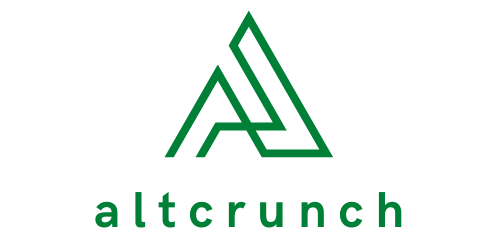The history of alternative investments can be traced back to the early 1900s when wealthy investors began allocating a portion of their portfolios to alternatives such as farmland and gold. In the 1950s, alternative investments began to gain popularity among institutional investors as a way to mitigate risk.
One of the earliest incarnations of the modern-day hedge fund was founded in 1949 by Alfred Winslow Jones. Known as “AJAX,” this fund employed a “long/short” strategy which involved buying stocks that were expected to rise in price and selling short those that were expected to fall.
The 1970s saw the emergence of venture capital as an important alternative investment class. Venture capitalists invest in early-stage companies with high growth potential, often taking an ownership stake in exchange for capital injections.
In the 1980s, private equity emerged as a viable investment vehicle for institutional investors seeking additional returns beyond those available in traditional markets. Private equity firms typically acquire established businesses with strong cash flows and then seek to improve their performance through operational improvements or restructuring initiatives.
The 1990s witnessed a boom in real estate investing, driven by low-interest rates and strong economic growth. Real estate has since become one of the most popular alternative investment classes due to its relatively low correlation with other asset classes.
Since then, alternative investments encompass a wide variety of asset classes that lie outside of the traditional stock and bond markets. These investments include hedge funds, venture capital, private equity, and real estate.
Investing in alternative assets is not a new occurrence, despite the term ‘alternative assets’ being a relatively new concept. Individuals made investments in enterprises throughout the Industrial Revolution in the 1800s, which are some of the earliest examples of private-capital-type investments. Due to limitations in the financial structure of banks at the time, rich families and individuals dominated private investments. For example, the first alternative investments were made in infrastructure, such as the Transcontinental Railroad!
Alternative investments exploded in popularity during the twentieth century, especially when many countries sought to rebuild following World Wars I and II. During this period, venture capital became the driving force behind private market success. Venture capitalist investment in new technological advancements and entrepreneurial prospects grew quickly during the 1960s and early 1970s, as technology changed the landscape for many industries.
Alternative Investments Today
The investment industry has seen unprecedented growth over the past few decades, with alternative investments playing an increasingly important role. There are a number of factors that suggest that alternative investments will continue to grow in importance.
Increased investor demand has been the primary driver of industry expansion. Alternative assets are no longer just for a select group of knowledgeable investors; they now make up a considerable component of many institutional investor portfolios.
Alternative investments offer several advantages over traditional investments. They can provide portfolio diversification and reduced volatility, they have the potential to generate higher returns than traditional assets, and they can be used to hedge against market downturns. In addition, alternative investment products are becoming increasingly sophisticated and diverse, giving investors more options to meet their specific needs.
Alternative assets are expected to grow significantly over the next decade as investors continue to seek out new opportunities in this space. They are no longer just for institutional investors; individual investors are increasingly recognizing the benefits of these products and making allocations accordingly.
The 4 main categories of alternative investments
There are four main categories of alternative investments: private equity, hedge funds, venture capital, and real estate. Each type of investment has its own unique risks and rewards that should be considered before investing.
Private equity is a type of investment in which a company or group of investors buys a controlling interest in another company. This can be done in order to turn around the company, make it more profitable, or sell it at a higher price later on. Private equity investments can be high risk, but also offer the potential for high returns.
Hedge funds are investment vehicles that use a variety of strategies to produce returns regardless of the market conditions. They can invest in stocks, bonds, derivatives, and other securities. Hedge funds typically require a larger initial investment than most other types of investments and also have higher fees. However, they can offer investors the potential for greater returns than traditional investments.
Venture capital is an investment made in early-stage companies with high potential for growth. The goal of venture capitalists is to help these companies grow and eventually become publicly traded or be acquired by a larger company. Venture capital investments are typically high risk but offer the potential for high rewards if the company is successful.
Real estate is one of the oldest and most popular forms of alternative investment. It can include purchasing property to rent out or flipping houses for a profit. Real estate can also involve investing in land or commercial buildings. Real estate investing is generally less risky than other forms of alternative investing but may not offer as high returns potential either.
Get access to private institutional deals and earn interest at a rate typically higher than what most CDs currently offer. With Corvo Direct, you can diversify your portfolio by investing in credit, industrial warehouses, self-storage space, and many more low-risk asset classes. Click here to learn more.

